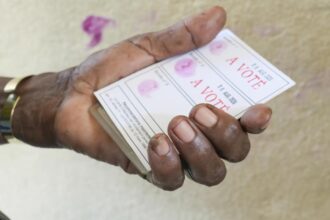
In Texas, the tragic death of 18-year-old Neveah Crain has highlighted the challenges that the state’s abortion ban brought after the US Supreme Court turned the Roe v Wade judgement, banning the federal right to abortion.
Crain, who was at the end of her second trimester, went to two different ERs within 12 hours in October 2023 for sharp abdominal cramps, returning back each time feeling worse than before.
According to the Guardian, Crain was diagnosed with Strep throat during her first visit. On her second visit, she was diagnosed with Sepsis which is a life-threatening condition but she was cleared to leave as her six-month-old fetus still had a heartbeat.
On her third visit, she was finally moved to the intensive care unit after an obstetrician confirmed with two USGs that the fetus was dead.
Hours later Crain went into Sepsis shock leading to organ failure. The teen would’ve turned 20 this Friday.
Candace, Crain’s mother still fails to understand why her daughter’s emergency wasn’t treated like an emergency.
Crain is one of at least two Texas women who died under the state’s abortion ban another one was Josseli Barnica, 28, who died after a miscarriage in 2021.
This incident and others like it reveal the new reality in states with restrictive abortion laws, where healthcare providers may delay or deny necessary care out of fear of criminal repercussions, even in life-threatening situations.
Health experts argue that such restrictions turn pregnant patients into “untouchables” as hospitals shift responsibility rather than risk legal trouble.
Texas’s abortion ban criminalises interventions that could end a fetal heartbeat, causing hesitation among doctors, despite exceptions for emergencies.








